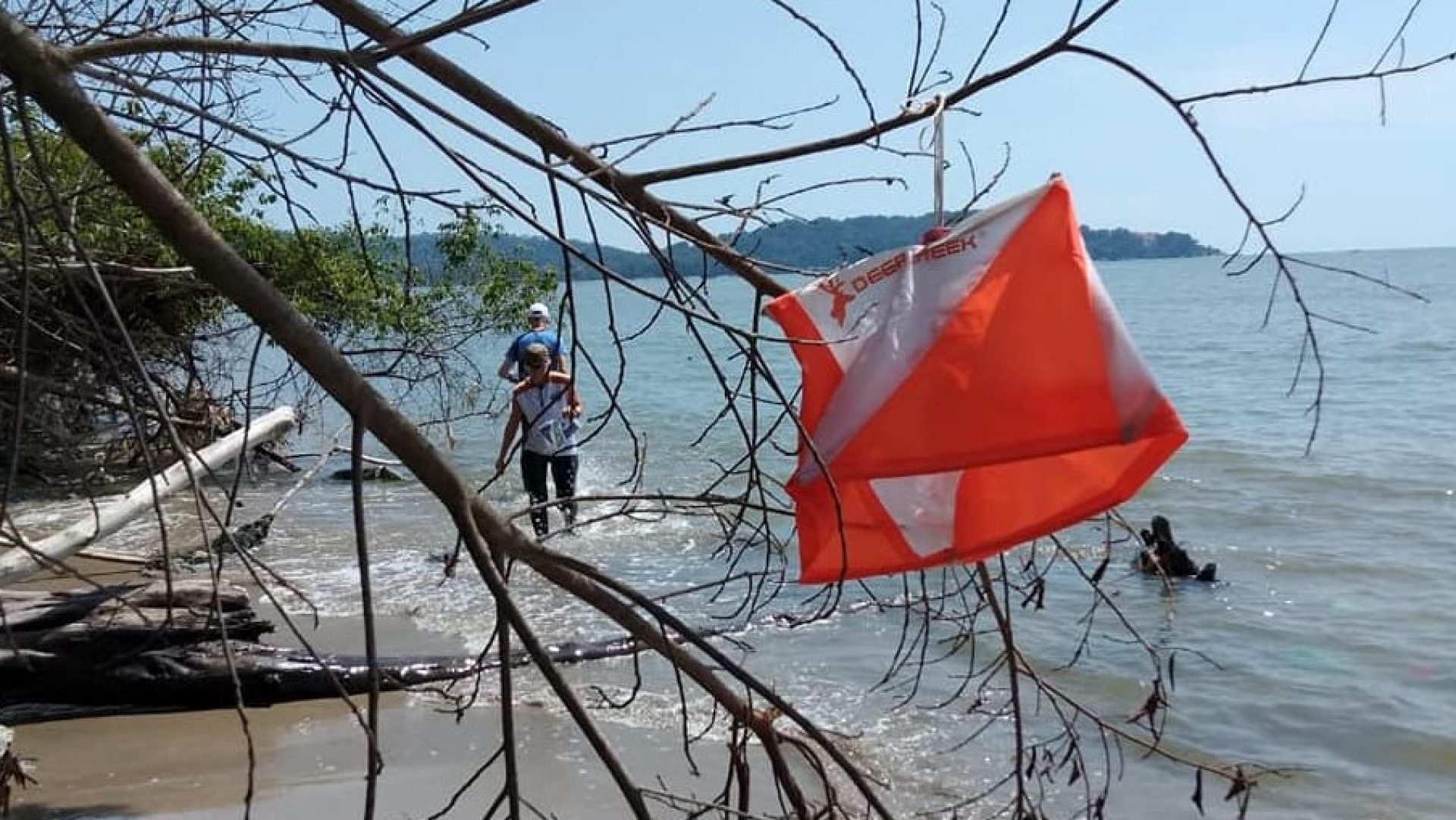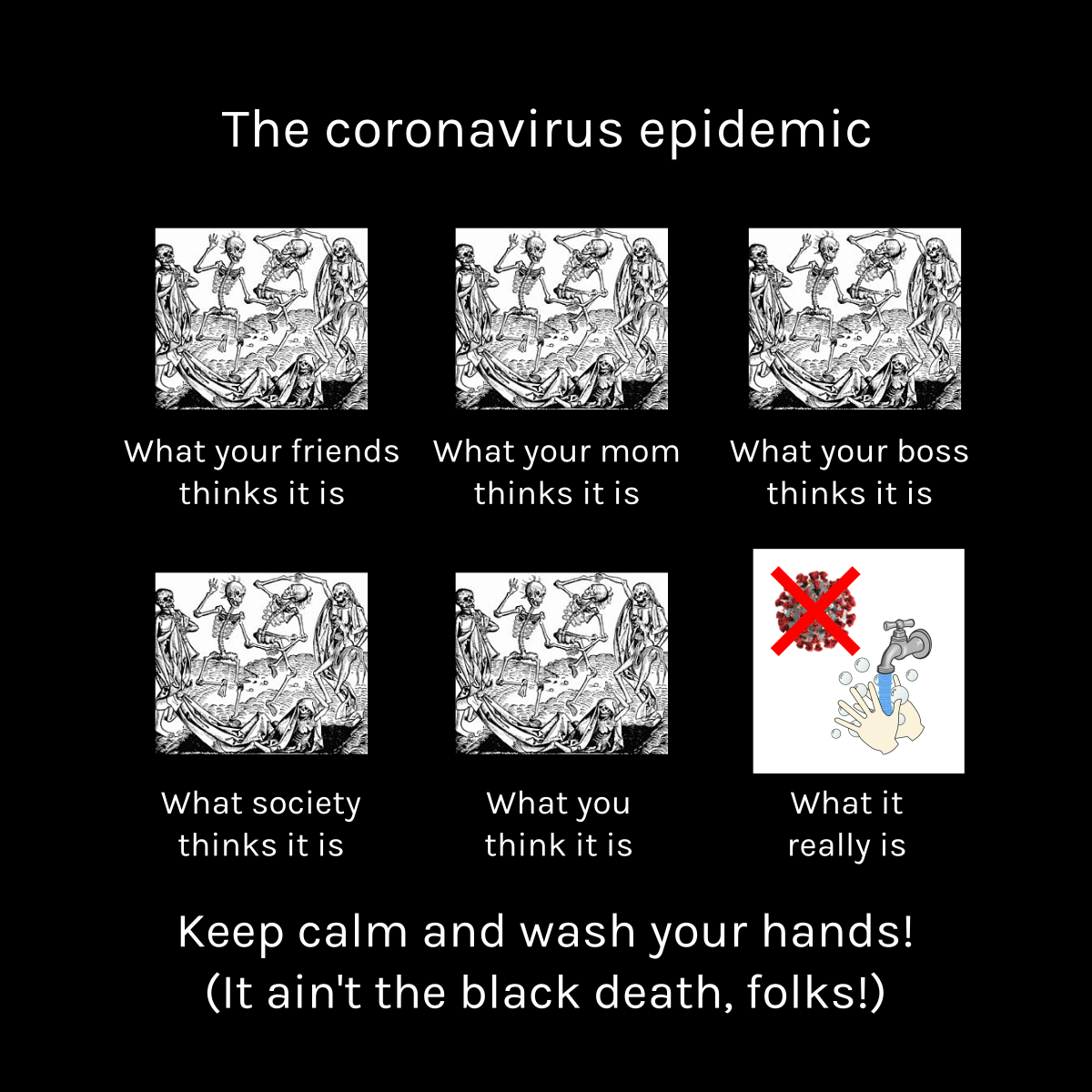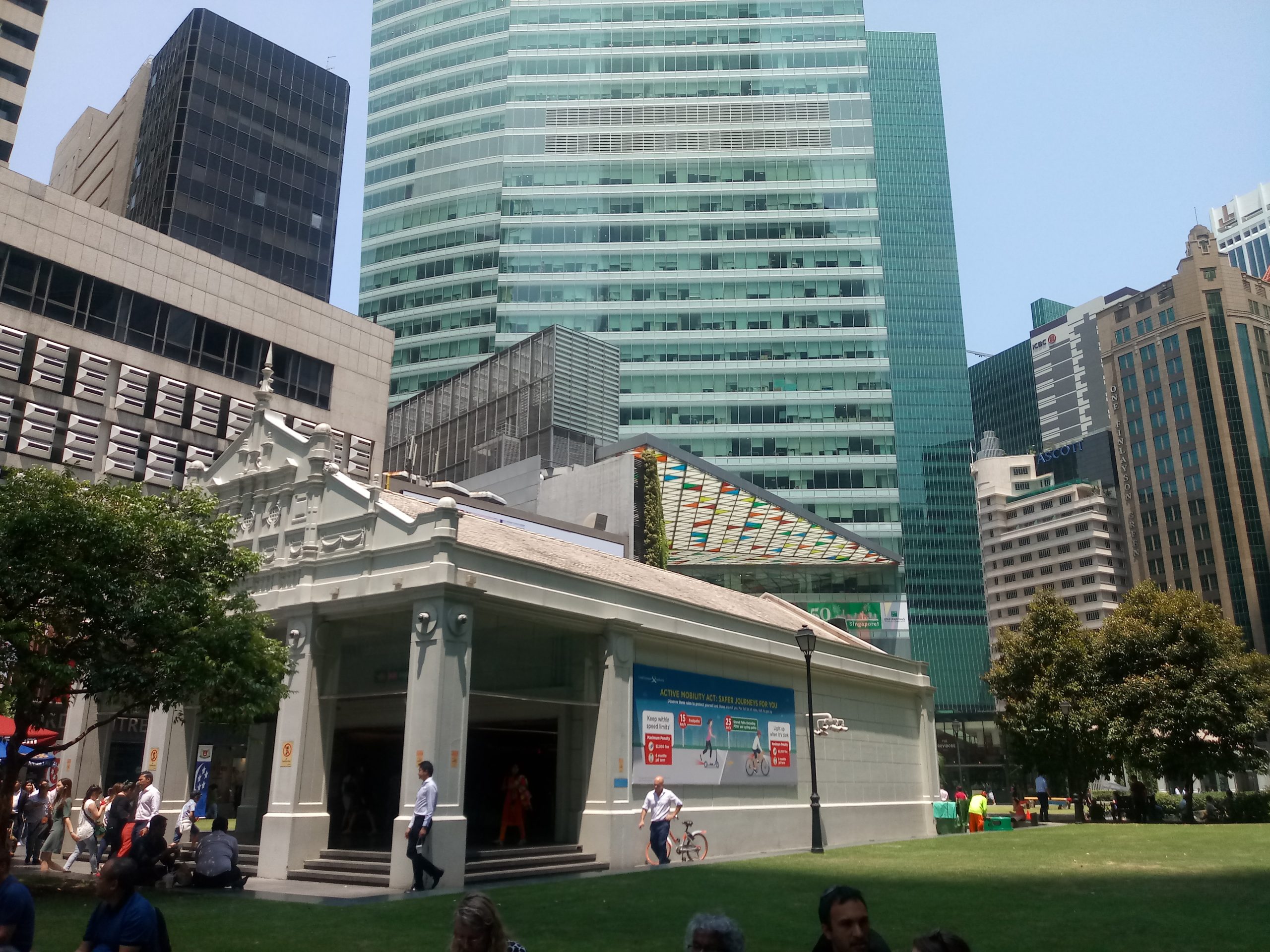Coronavirus tips: hygiene, orienteering and optimism
Posted onMuch has happened since we talked about hygiene tips when the spread of Covid-19 started in China and the rest of Asia. By now, most orienteering activities are cancelled, except small scale trainings and activities.
It’s worth talking about what to do, hygienically and orienteering-wise.
1. Hygiene
We have readers from all over the world, not just from Asia but also from the other continents. This includes Europe, still the centre of orienteering and also, unfortunately, the new epicentre of the coronavirus pandemic now.
Therefore, we ask everyone to do the following things, echoing our earlier advice for Asia:
Wash your hands with soap frequently
This is basically a no-brainer now—do it whenever you can, especially before eating. Wash for at least 20 seconds, covering every part of your hands, fingers and nails. If you can’t get water and soap, use disinfecting gel.
Also, dining out is generally safe, if you keep enough distance with other people and wash hands before dining. Also, cooks should be wearing masks and gloves, whether for eat-in or take away food. If your country is not in total lockdown, remember to support your local restaurant, to help them get through the economic distress!
Wear masks—even if you’re young and not sick
This is now common sense in Asia but unfortunately not so much appreciated in Europe. There are two reasons why you must wear a mask:
First, some protection is preferrable to none. Masks act as physical protection, even if they’re far from invincible. Less infected droplets into your nose and mouth means, simply, less risk in getting infected.
Second, you don’t even know if you have coronavirus—it can be spread without any symptoms (fiver, cough etc.). Therefore, by wearing a mask, you prevent any possible viruses from spreading to people at risk. It’s not just about you.
It’s sad to see few Europeans grasping the wisdom in this—we’ve heard people being discriminated or even harassed because of wearing masks. Please, don’t use cultural reasons or anything else as an excuse—just look at the shape of Europe now compared to Asia!
Of course, if masks are in short supply in your country, you should give them to health professionals in need of them, or other people at risk (the elderly and people with chronic illnesses, including asthma patients). But if you have masks left, please, put one on! Just put on your masks and get the pandemic ended already.
Cleaning with diluted bleach
This is a tip from the SARS times of 2003: clean your home with 1:99 diluted bleach solution. This means you put in 1 part bleach and mix it with 99 parts water.
For vulnerable places, like public places such as your orienteering clubhouse, you need to use 1:49 diluted bleach solution, which means 1 part bleach mixed with 49 parts water, thus twice as strong as 1:99 bleach solution.
2. Orienteering
Yes, most events are cancelled now—also no travelling at all—but does it mean no orienteering at all?
No—the home orienteering campaign in China proves you can orienteer even if under strict quarantine. But it’s not the only way. Let us explore your options:
Without quarantine—orienteering alone
Let’s put this in perspective—orienteering is actually getting an opportunity in this pandemic, compared to other sports. Other sports, like football, require the congregation of a large number of people even just to play (11 per team; at least you don’t play football on your own). Orienteering, on the other hand, is played alone, starts alone, runs alone, navigates alone and finishes alone (unlike running races). Except for arenas with a lot of people, or for relays with mass starts, the rest of orienteering is basically very socially distanced already.
Your club may have small trainings or activities. In such case, remember basic hygiene (masks, hand washing and physical distancing).
If all activities are cancelled, you can orienteering alone too! Buy a map from your local club. Use your local fixed orienteering course (e.g. hittaut in Sweden).
Create and share your orienteering course for a nearby forest at metrunner! It’s free to create and play courses. Share your orienteering courses to others and encourage fitness!
With quarantine—home orienteering and fitness
Countries like Italy and Spain have gone into total lockdown, and people can’t get out of their homes except for buying foodstuffs. But event if you’re in a lockdown/quarantine—you can still play orienteering! Just look at the example of China—nothing is impossible.
Make a map of your home—a basic floor plan will suffice. Draw control points and course on the map. You’ve got a home orienteering map—now make and share your mini-event!
Pro tip: Use OLTags (orienteering marker stickers) to mark your controls and use with metrunner.
3. Optimism

The coronavirus pandemic can be terrifying because many of us haven’t seen anything this bad in our lifetime.
Let’s get it right—this is far from the worst pandemic in terms of spread or mortality. Moreover, we’re not like in Medieval Europe where people thought epidemics as the result of astronomical phenomena, bad air, or the wrath of God. We have scientific knowledge, we can develop cures and vaccines.
Moreover, we have the Internet, which enables us to maintain connections and carry out trade. It’s not going to be complete social isolation or economic collapse—just a shift from physical to digital activities. When the pandemic ends, physical activities resume and complement the expanded scope of digital activities, which make the economy stronger than ever.
Take this as a time for rest and make future plans. What will you do after the pandemic? What do you want to achieve in orienteering? We at ORIEN.ASIA are using this while to plan future events so that you’ll be able to enjoy more exciting orienteering in Asia.
So, let’s step up our hygiene and get this pandemic finished!





